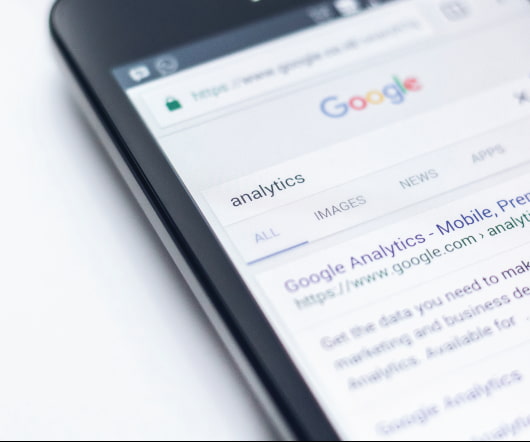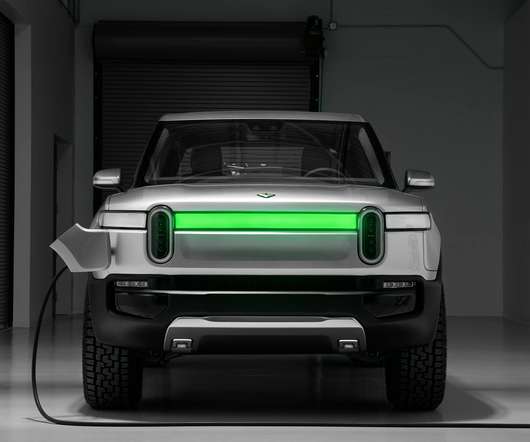Researchers from MIT and Sun Catalytix develop an artificial leaf for solar water splitting to produce hydrogen and oxygen
Green Car Congress
SEPTEMBER 30, 2011
The traces are for solar cells of 7.7% Researchers led by MIT professor Daniel Nocera have produced an “artificial leaf”—a solar water-splitting cell producing hydrogen and oxygen that operates in near-neutral pH conditions, both with and without connecting wires. solar-to-fuels systems. illumination.

































Let's personalize your content